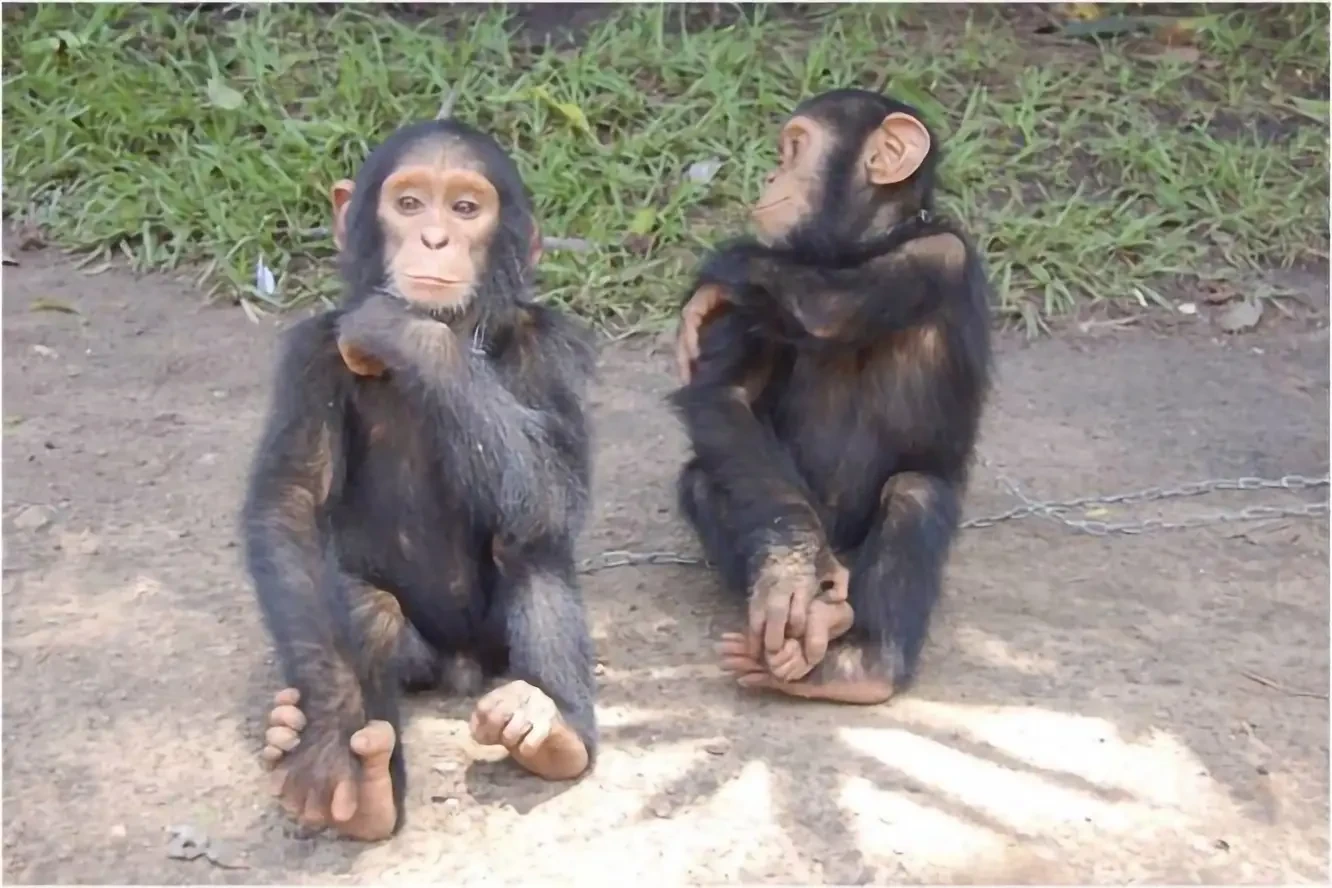You know that moment when your toddler proudly hands you a half-eaten crayon and you’re like, “Wow, we’re really still doing this”? Turns out, there are animals out there doing mental gymnastics while your kid is trying to figure out how zippers work. No shade to toddlers—they’re adorable chaos gremlins—but science says some creatures are already outperforming them in the brain game.
From birds that solve puzzles like tiny feathered engineers to sea creatures that pull off Houdini-level escapes, these animals are out here casually flexing cognitive muscles that would leave a preschooler stumped. If you thought human babies were the blueprint for brilliance, think again. Let’s meet the unexpected geniuses of the animal kingdom who might just outsmart your kid at snack time.
1. Chimpanzees: The Tool-Wielding Geniuses
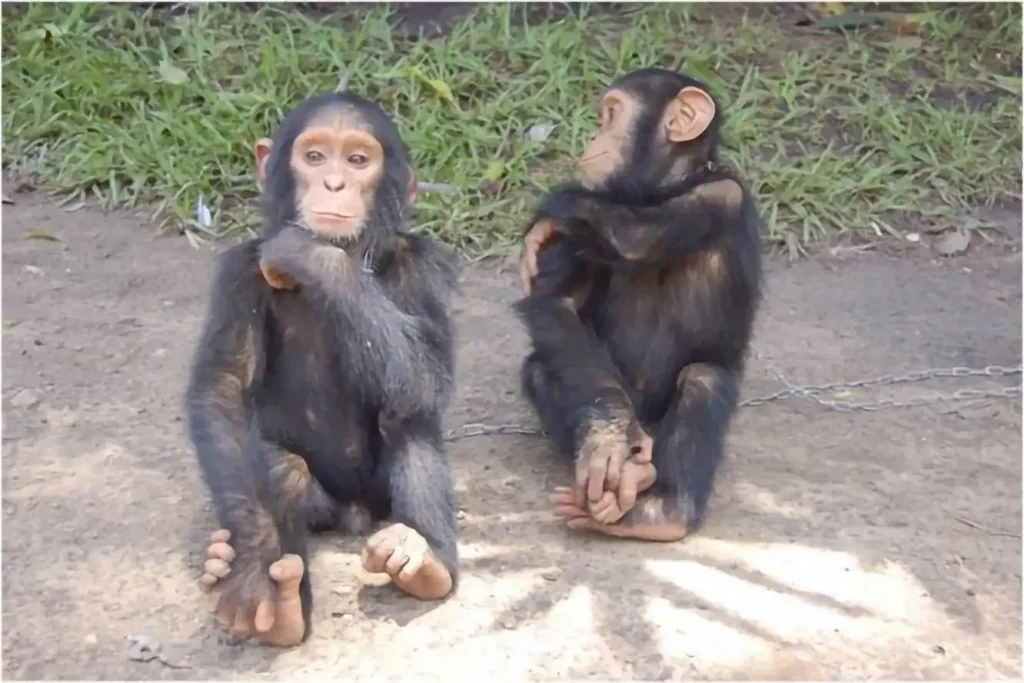
Chimpanzees are our closest living relatives, sharing about 98% of our DNA. But it’s not just genetics that make them fascinating; it’s their remarkable intelligence.
In various studies, chimps have demonstrated the ability to use tools, solve complex problems, and even understand basic arithmetic. For instance, they’ve been observed using sticks to extract termites from mounds, a behavior that showcases foresight and planning. In some cognitive tests, chimps have outperformed human toddlers, especially in tasks requiring memory and problem-solving skills. According to a report by Time, while toddlers excel in social learning, chimps have the upper hand in certain memory tasks. This doesn’t mean they’re ready to enroll in preschool, but it does highlight their impressive cognitive abilities. So, next time you’re struggling to open a jar, remember that a chimp might just have a trick or two up its sleeve.
2. Bottlenose Dolphins: The Ocean’s Einsteins
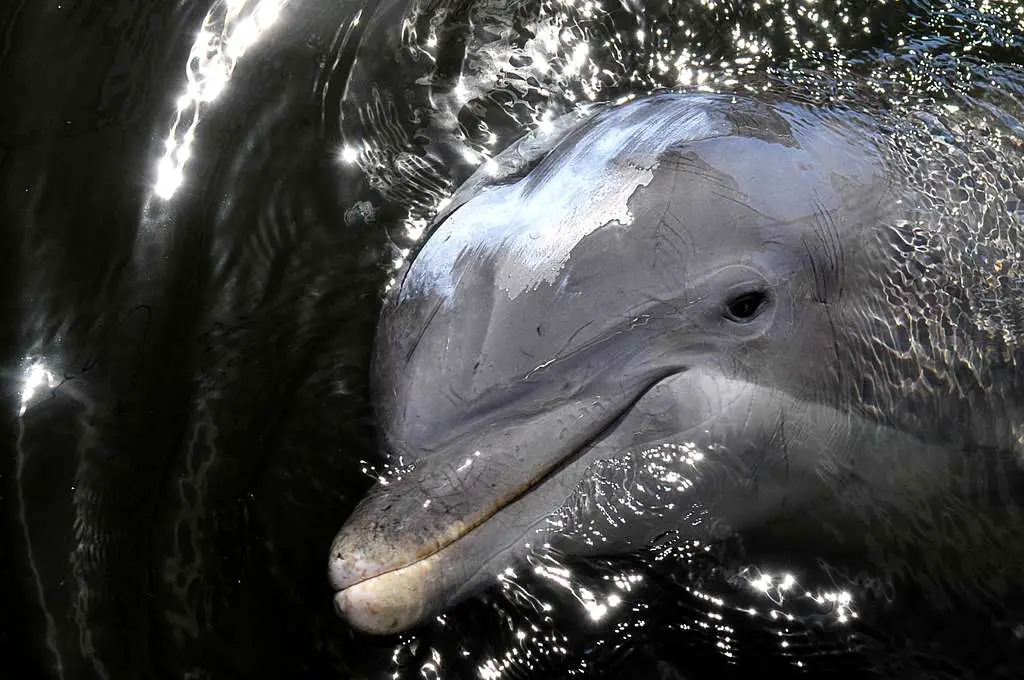
Bottlenose dolphins are not just the stars of aquatic shows; they’re also among the most intelligent creatures in the animal kingdom. Their brains are large and complex, with a structure that supports advanced cognitive functions.
These marine mammals have demonstrated self-awareness, problem-solving abilities, and even a sense of humor. In the wild, they’ve been observed using marine sponges as tools to protect their snouts while foraging on the seafloor—a behavior passed down through generations, indicating cultural learning. According to Whale and Dolphin Conservation, dolphins have been known to recognize themselves in mirrors, a trait shared by only a few species, including humans. Their complex social structures and communication skills further underscore their intelligence. So, while a toddler might be mastering “peekaboo,” a dolphin is navigating intricate social networks and using tools—talk about making waves!
3. Elephants: The Gentle Giants with Sharp Minds
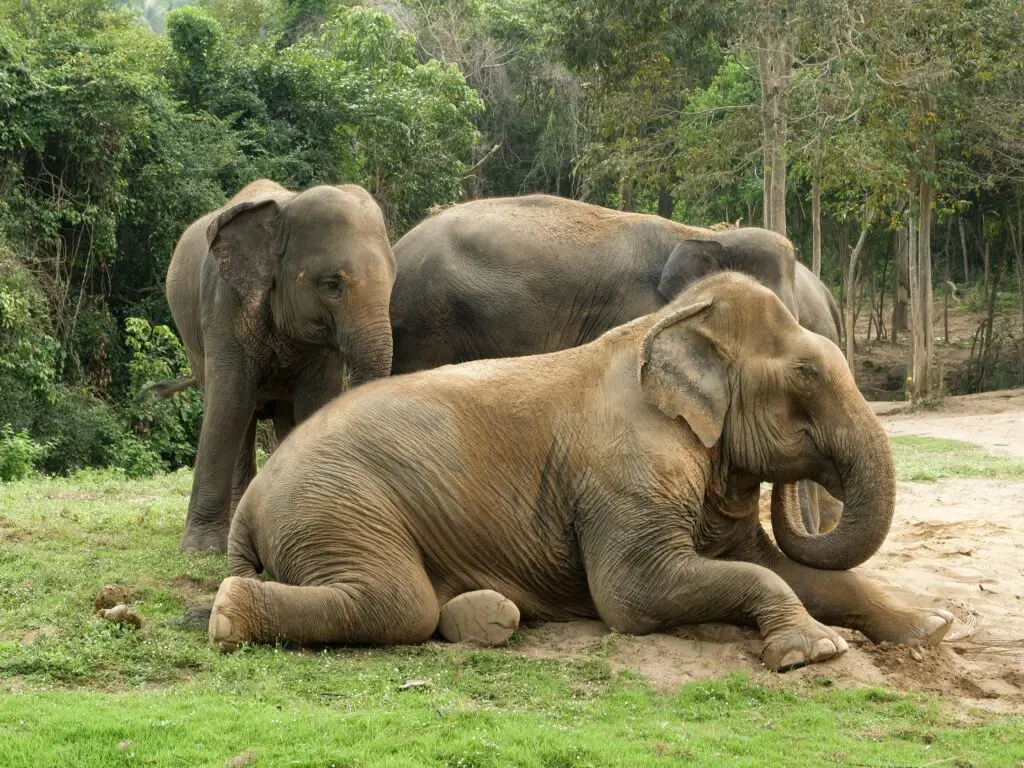
Elephants are renowned for their memory, but their intelligence goes far beyond that. These majestic creatures exhibit empathy, self-awareness, and problem-solving skills that rival those of young children.
In a study conducted by the University of Cambridge, elephants passed a “body awareness” test that toddlers under two years old typically fail. This test assesses an individual’s understanding of their own body in relation to the environment—a key component of self-awareness. According to IFLScience, the elephants’ success in this test highlights their advanced cognitive abilities. Additionally, elephants have been observed using tools, mourning their dead, and even painting—behaviors that showcase their emotional depth and intelligence. So, while a toddler is learning to stack blocks, an elephant might be creating art or comforting a grieving companion.
4. African Grey Parrots: The Feathered Intellects
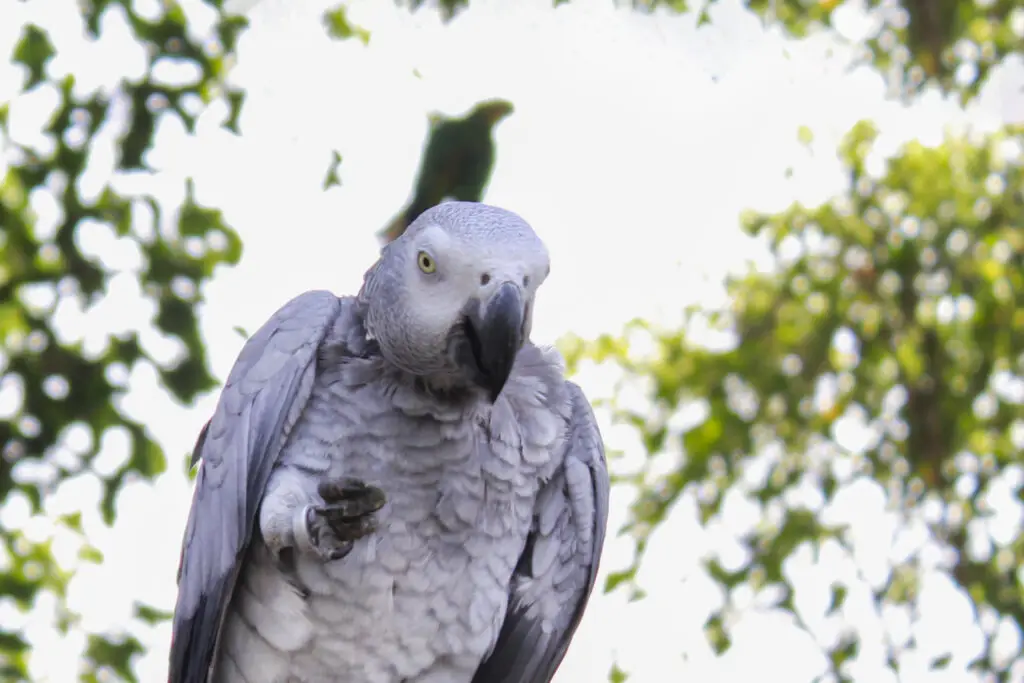
Don’t let their size fool you; African Grey Parrots are among the most intelligent bird species. These avian prodigies can mimic human speech, understand concepts, and even outperform young children in certain cognitive tasks.
In a study conducted by Harvard researchers, an African Grey named Griffin outperformed six- to eight-year-old children in memory tasks that required tracking moving objects. According to Harvard Gazette, Griffin’s performance also matched or exceeded that of college students in some instances. These parrots don’t just repeat words; they understand context, can count, and even grasp the concept of zero. So, while a toddler is learning to say “mama,” an African Grey might be engaging in a full-fledged conversation.
5. Octopuses: The Eight-Armed Brainiacs
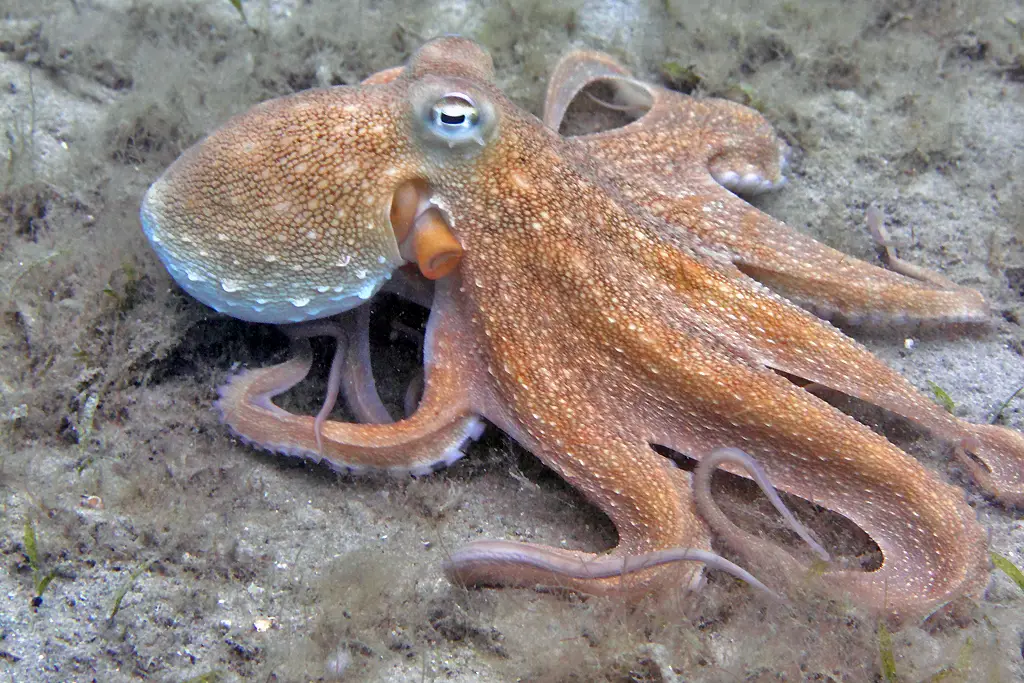
Octopuses are the enigmas of the ocean, boasting intelligence that surprises even seasoned scientists. Despite being invertebrates, they exhibit behaviors that suggest a high level of cognitive function.
These cephalopods can navigate mazes, solve puzzles, and have even been known to escape from aquariums—a testament to their problem-solving skills. According to Daisy Crockett, octopuses possess both short- and long-term memory and can learn through observation. Their ability to manipulate objects, use tools, and adapt to new situations showcases their remarkable intelligence. So, while a toddler is figuring out how to stack rings, an octopus might be unscrewing a jar to get to its favorite snack.
6. Ravens: The Gothic Geniuses
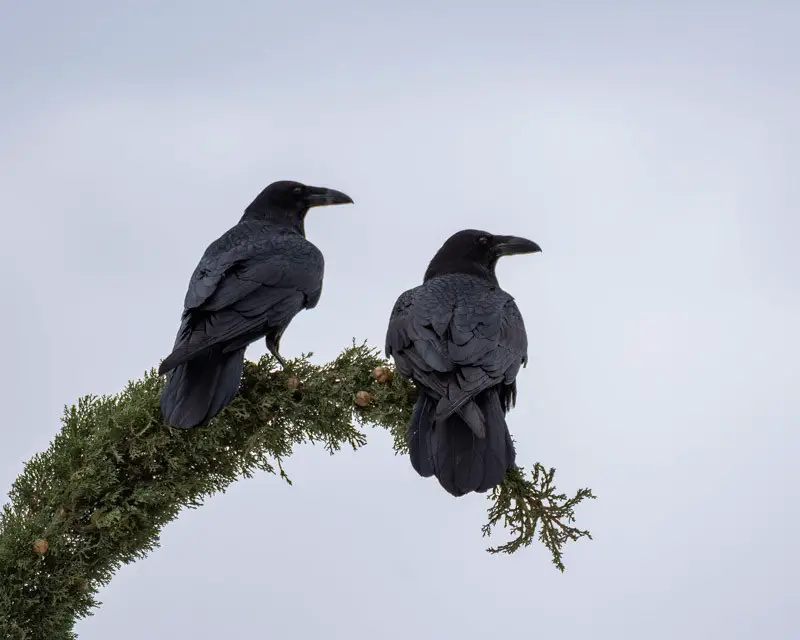
Ravens might be the moody poets of the animal kingdom, but don’t let their emo aesthetic fool you—they’re clever as heck. These birds have been seen planning ahead, using tools, and even understanding water displacement, like a beaky little Archimedes. In the wild, they’ll hide food from others and fake out their rivals with decoy stashes. That’s some espionage-level brain work, and toddlers are still trying to figure out object permanence.
One of the coolest raven tricks? They’ll form social bonds and even hold grudges against humans who wronged them—basically, they have receipts. Toddlers can barely remember what they had for lunch, while ravens remember your face and your vibe. These birds also play games, mimic sounds, and work together to solve complex problems. If brains were currency, ravens would be investing early and retiring at 3.
7. Orangutans: The Forest Engineers
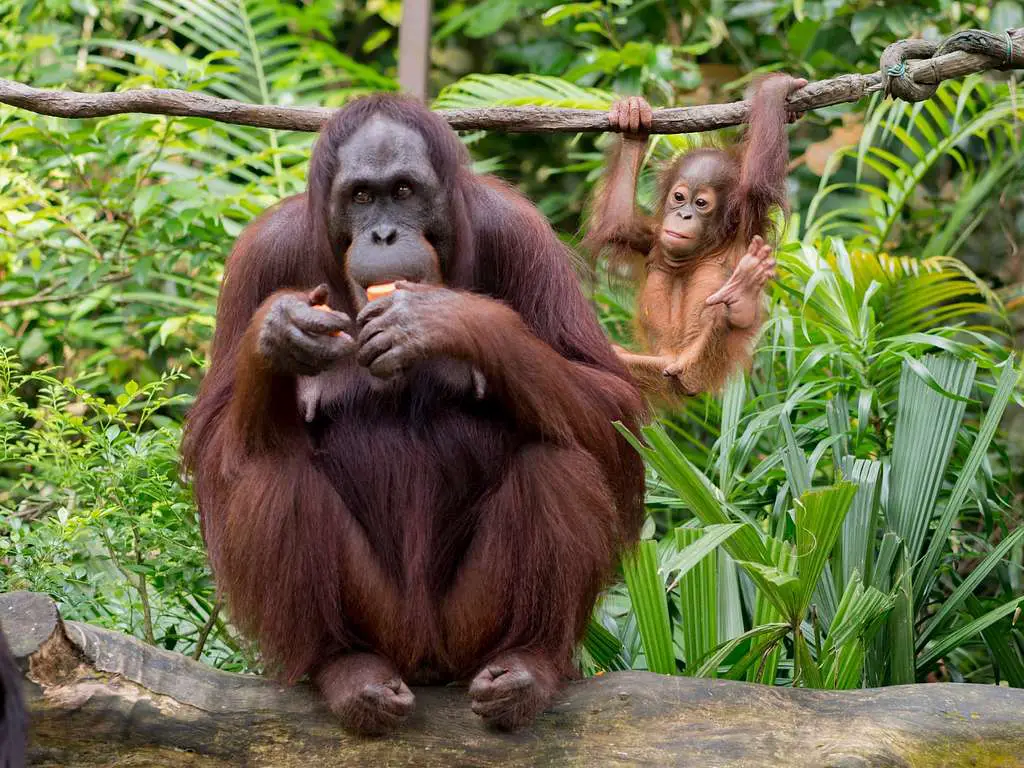
Orangutans aren’t just laid-back redheads chilling in the treetops—they’re calculated, tool-using masterminds. They’ve been seen making umbrellas out of leaves, crafting fishing tools, and even using sticks to scratch their backs (self-care king behavior). Unlike toddlers, who need help with basically everything, orangutans live solo and solve problems independently.
They’re also capable of understanding cause and effect—so if you give them a locked box, they won’t just cry like a toddler might. They’ll tinker with it until they crack it open. They can mimic human behavior with scary accuracy, and in captivity, some have even learned basic sign language. Orangutans also plan ahead, like choosing tools before heading to a food source. Meanwhile, your toddler just tried to put their shoe on their head.
8. Crows: The Street-Smart Schemers
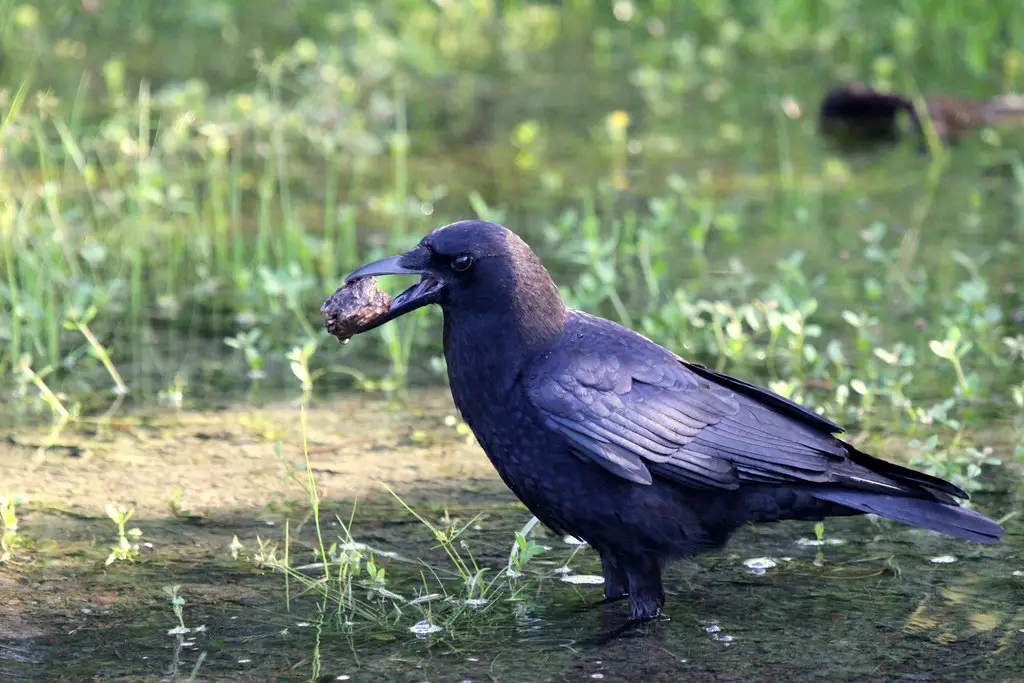
Crows are the bad boys of the bird world—slick, clever, and always five steps ahead. They’re known to drop nuts onto roads so that cars can crack them open, then wait for traffic lights to safely retrieve their snack. Honestly? That’s more traffic awareness than most adults.
They can recognize human faces, pass the mirror test, and solve puzzles involving multiple steps and tools. Crows have also been caught “manufacturing” tools—literally bending wires to snag food from tricky containers. Toddlers might be busy smearing applesauce on the wall, but crows are busy solving multi-variable problems like it’s no big deal. They even engage in play behavior, like sliding down snowy rooftops just for fun. Basically, if you gave them a toddler’s Fisher-Price toy, they’d probably hack it.
9. Dogs: The Loyal Einsteins in Fur Coats

Okay, we all know dogs are good boys, but turns out, they’re also smart boys. Some breeds can learn hundreds of words, recognize emotions, and understand pointing gestures—something toddlers don’t even get until around age two. Certain dogs, like border collies, can remember object names and respond correctly to verbal instructions better than most two-year-olds.
They’re not just responding to tone or vibes—they’re actively parsing human communication. Dogs can even make logical inferences, like figuring out the location of a hidden toy by elimination. And emotionally? They’re on another level. They can detect your stress, comfort you, and adapt their behavior to your mood. Meanwhile, a toddler just bit you because their sock fell off.
10. Pigs: The Overlooked Brainiacs
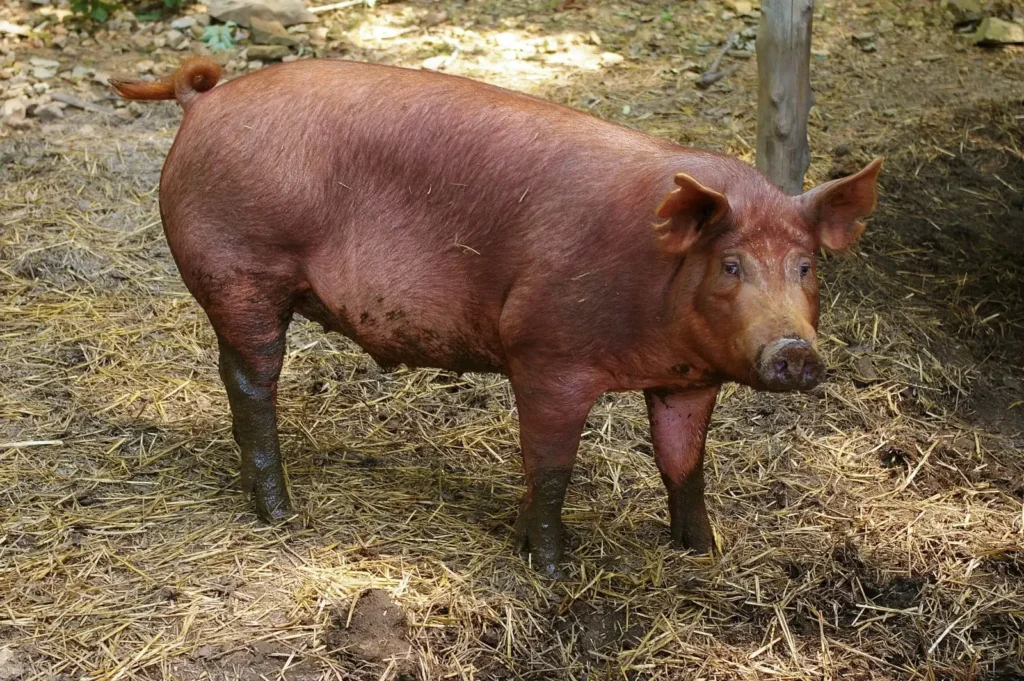
Forget the mud and the snorts—pigs are secretly genius-level thinkers. These curly-tailed cuties can use mirrors to find hidden objects, which is a rare skill even among primates. They also have excellent long-term memory and can learn complex mazes faster than many toddlers (and some adults, let’s be real).
Pigs can recognize their own names, play video games with a joystick, and learn tricks as quickly as dogs. They form close social bonds and even show empathy—basically, they’d be great in group therapy. And while toddlers are learning “please” and “thank you,” pigs are navigating social hierarchies with strategy and finesse. Smart and emotionally in tune? That’s the full package.
11. Rats: The Lab Coat-Wearing Underdogs

Rats might make you squirm, but they are absolute legends in the intelligence department. These little guys can learn patterns, solve puzzles, and even show signs of regret—yes, actual decision-based regret. They’re used in psychological studies for a reason: their brains are surprisingly similar to ours in structure and function.
Rats have been trained to recognize symbols, complete obstacle courses, and respond to their names. Some studies even suggest they experience empathy, helping out other rats in distress. Toddlers? They’re still working on not eating crayons. Rats, meanwhile, are basically writing their own lab reports.
12. Bees: The Tiny Mathematicians
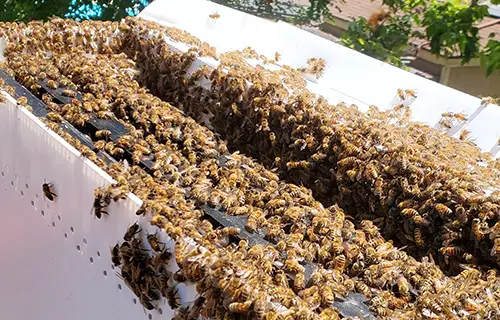
Yes, bees. Tiny, buzzing, stripy little bees are out here doing math before your toddler can count to three. These pollinating powerhouses can understand the concept of zero (seriously), differentiate between even and odd numbers, and follow symbolic instructions.
Their hive communication involves complex dances to convey distance and direction—basically a secret GPS language in boogie form. They’ve been observed learning patterns, solving puzzles, and adapting to new information. Bees even vote democratically when choosing a new hive location. While your toddler is throwing a tantrum because you cut their sandwich the wrong way, bees are out here making executive decisions for the whole colony. Now that’s what we call buzz-worthy intelligence.

